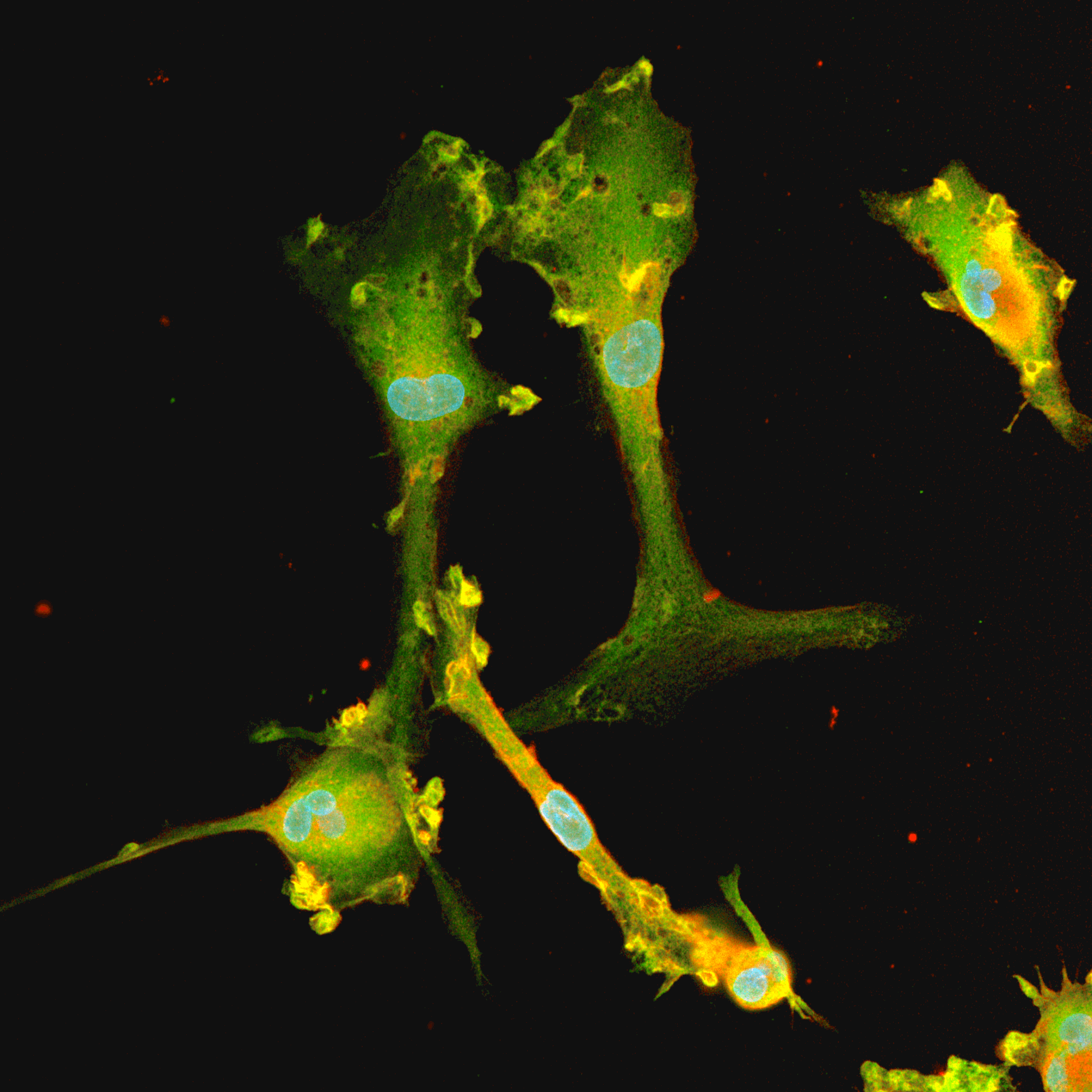Quantifying C5a-mediated chemotaxis in precision reprogrammed hiPSC-derived ioMicroglia

Microglia, the resident immune cells of the brain, play a crucial role in maintaining central nervous system homeostasis through mechanisms such as phagocytosis and trogocytosis, contributing to neuronal protection. However, chronic microglial activation can lead to neurotoxicity, particularly evident in neurodegenerative diseases like Alzheimer’s, where microglia are observed to accumulate around neuritic plaques. The involvement of proteins like amyloid β, hyperphosphorylated tau, and complement protein 5a (C5a) in driving neuroinflammation underscores their potential as therapeutic targets.
To support the study of microglia’s role in disease, bit.bio has developed ioMicroglia: functional, consistent and scalable human microglia derived from induced pluripotent stem cells (iPSCs) with opti-ox precision reprogramming. In this application note, researchers from Medicines Discovery Catapult (MDC) show that male donor-derived ioMicroglia display C5a-mediated chemotaxis in-vitro, in a dose-dependent manner, making them a valuable in-vitro model for studying the complex role of microglia in neurodegenerative disease progression and neuroinflammation.
In this application note, readers will learn about:
- The intricate mechanisms of microglial activation and chemotaxis in neurodegenerative diseases like Alzheimer’s.
- The role of C5a and other proteins in driving neuroinflammation.
- The C5a dose-dependant chemotaxis phenotype of ioMicroglia, and their suitability as a model for studying microglial responses to chemotactic stimuli in-vitro.
2024
bit.bio | Medicines Discovery Catapult